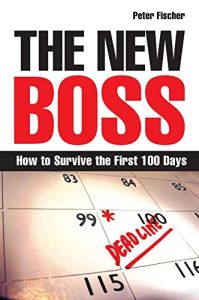加入 getAbstract 阅读摘要

加入 getAbstract 阅读摘要
Peter Fischer
The New Boss
How to Survive the First 100 Days
Kogan Page, 2007
看看什么内容?
Start being “The Boss” with a flying start (and without crash landing on your new subordinates).
Recommendation
Perhaps you’ve finally reached the number one spot after years of working in someone’s shadow. Maybe you’re the hot new M.B.A. on the fast track, or you’re the highly suspect replacement for a venerated predecessor. Whatever your situation is, taking over as the “new boss” is never easy. Expectations run high, you have a limited time to make a good impression and the competitive pressure is relentless. Peter Fischer identifies “seven building blocks of successful leadership transition” to help you find your way. He devotes a chapter to each step, including checklists, pitfalls, suggestions, questions and a summary. Part two of the book contains case studies that focus on different “new boss” situations. Fischer’s unembellished, straightforward style makes his concepts easy to understand and implement. Though his last building block, “Using Symbols and Rituals,” is his most original entry, it could have been more fulsome. If you’re about to move into a senior management position, getAbstract would add this book to your “must read” stack.
Summary
About the Author
Peter Fischer has worked with executives making the transition to new assignments for more than two decades. He is a consultant and an industrial psychologist.


















Comment on this summary